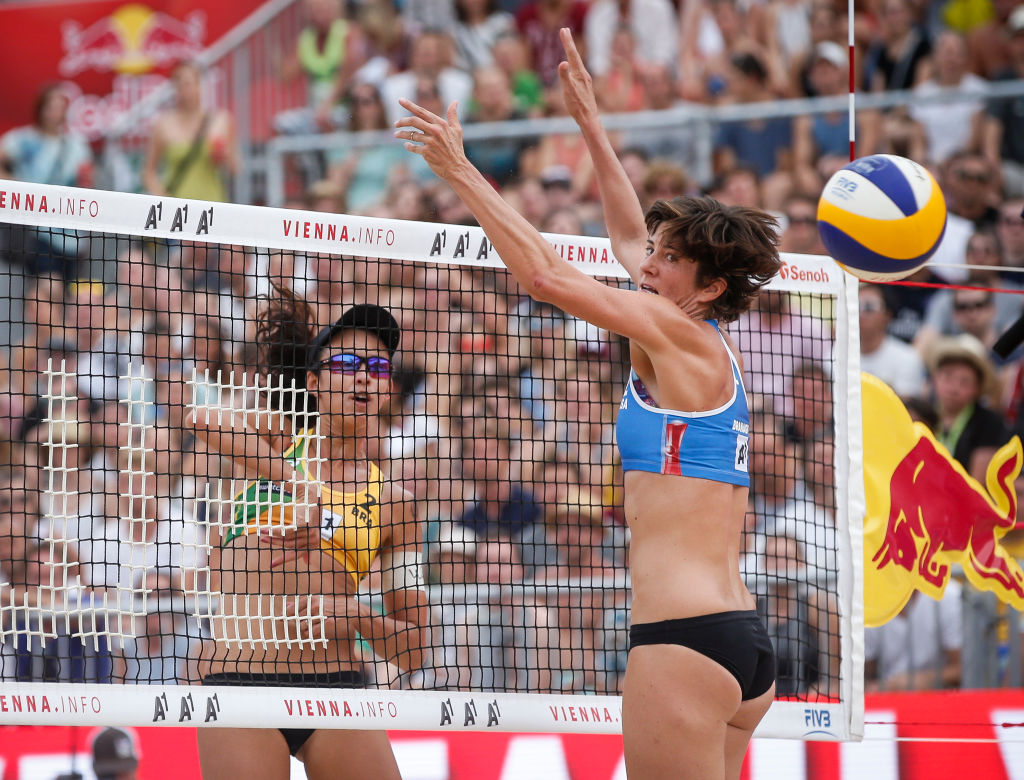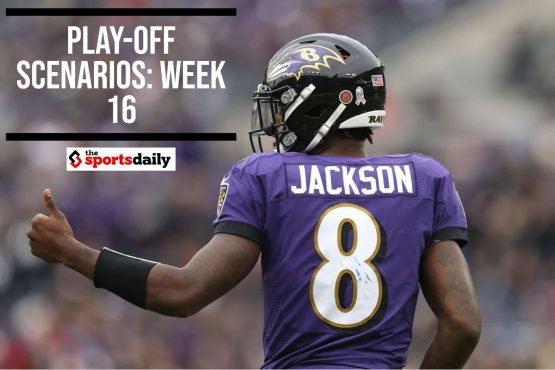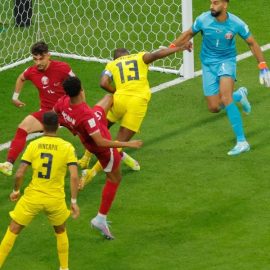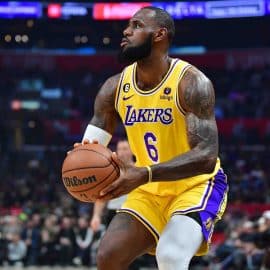Introduction
Knee pads provide protection, flexibility in motion, swiftness in action, and the ability for 3600 rotation of the knees. They also act as shock-proof layers to the hamstring, Tibia bone, and quadriceps which are prone to stress from external impacts. They ease the circulation in the anterior, medial and posterior knee arteries and veins.
Knee Pads – Key Benefits
Thermal Balance: Circumference of the knee pads above and below the kneecap varies from 14″ to 23″. They mainly protect the Vastus Medialis (VM) and Peroneus Longus muscles for strain elimination. They also protect the Sciatic and Peroneal nerves. The combination results in temperature balance while playing the game.
The foam and cushion pads on the kneecaps can absorb heat and sweat while playing. Negative effects of heat and humidity like nervous weakness, muscle cramps, and joint pain reduced considerably due to balancing of temperature on the PSOAS (lumbar region) minor muscle resulting from relaxation of knee joints.
Muscle Endurance: knee muscles like quadriceps and hamstring are prone to severe stress during defensive and offensive play. The stress can result in jumpers’ knee which is the micron-sized muscle tear. It can be concentrated in a specific part or spread all over the muscles. Knee pads increase the tensile strength and endurance of the two muscles, resulting in protection from tears.
Muscle Protection: PSOAS minor muscle located on the lumbar region connects the lower back and knees. Shocks from knee muscles can have adverse effects on the spinal cord. Spikes, deep squat passes, serve to receive, and platform-to-roof passing is the knee positions which apply maximum stress to the PSOAS muscles.
Volleyball knee pads reduce the stress on the PSOAS considerably. They also protect the PSOAS minor nerves from shocks. Hence, you can play the risky shots and make flowing movements without the risks of shocks to the spinal cord and injuries to the knee muscles.
Muscle Flexibility: Hamstring flexibility can result in the improved physical ability to jump, bend, and rotate the knees freely. It can also enable dynamic stretches while receiving low shots and making knee drop passing. Knee pads enhance the joint mobility and ease circulation through muscles. Hence, you can stretch, rotate and bend the joints freely.
Nerve Coordination: Tibial nerves stimulate the muscles in lower legs and feet. Activation of the nerve can result in strength and stamina to those parts. Flexor and abductor muscles get maximum energy flow due to enhanced circulation and nerve conduction velocity.
The benefits can extend to the toes. Knee pads stimulate the Tibial nerves and improve the coordination of Tibial nerves with lateral-Plantar nerve, peroneal nerve, and popliteal nerve. Hence, the rapid movement ability of your legs and feet increases significantly.
Knee Pads – Healing Effects
Fatigue Healing: Volleyball game can produce high volumes of stress on the knee joints and muscles. Readings on the Rated Perceived Exertion (RPE) scale show a value of more than 15 during the 90 minutes match.
Stress on the sensorimotor system in the knees can result in the large volume of fatigue. The symptoms may not be visible in the initial stages. They get accumulated gradually and result in muscle cramps, eras, and internal injuries. Knee pads can heal the fatigue on the sensorimotor system with massaging effects.
Pain Healing: Knee joint pain can be acute when you make rapid movements and rotations while bending and stretching. Knee pads prevent the joints from overstretching beyond the threshold limit. Any type of pain symptom on the joints gets healed due to stress absorption by knee pads.
Knee Pads – Fitness Enhancement
Meniscus, lateral collateral ligament, kneecap, and articular cartilage are the key parts responsible for the movement and rotation of the knee. Their efficiency can reduce gradually or rapidly due to regular stress. It can increase when the number of rapid movements and vertical jumps increase during the matches.
Kneecaps can increase the stability and strength of these muscles by streamlining circulation. Tests using the RPE scale have shown significant improvement in the fitness levels of these muscles while wearing the kneecaps.
Knee Pads – Energy Sustenance
Knee Muscle stability is the key aspect which helps to sustain the energy levels in your body during the volleyball matches. Knee pads provide neuromuscular strength which can accelerate the circulation of oxygenated blood to the lower legs and feet. Hence, they remain strong and active during the entire match. Knee pads can also rejuvenate the anterior and posterior thigh muscles and sustain their energy levels.
Conclusion
The protection, sustenance, and energizing effects of volleyball pads can help you to concentrate fully on your playing techniques. The hidden fear of injuries, muscle rigidity and numbness gets eliminated with practice. Hence, your self-confidence level improves significantly. You will start flexing your thigh, knee and leg muscles freely during the game. The probability of improving your playing skills increases significantly if you wear volleyball knee pads.
Add The Sports Daily to your Google News Feed!







